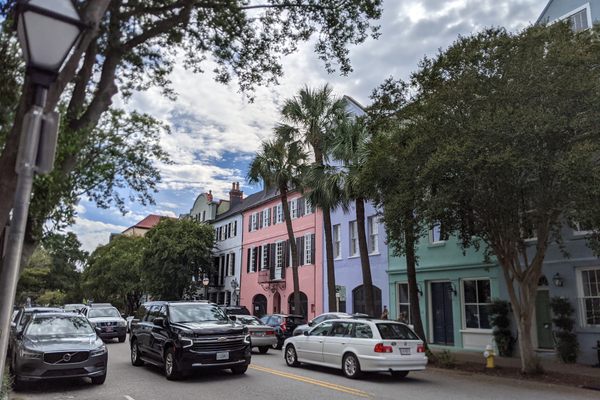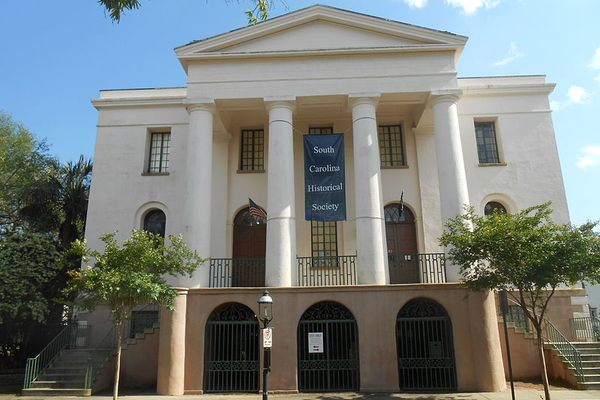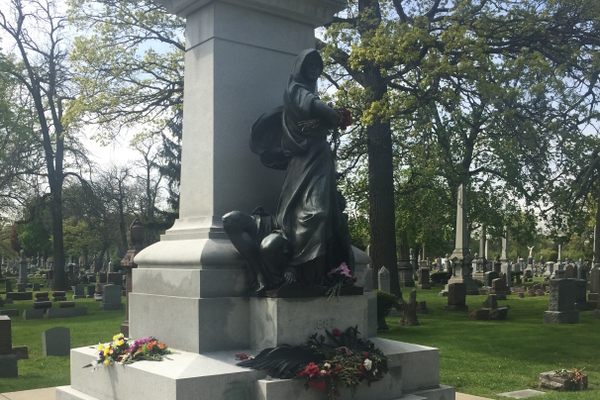AO Edited
Stede Bonnet Hanging Site
Most historians agree that the so-called "Gentleman Pirate" wasn't much of either of those things.
Historically, there are a number of reasons why one might end up sailing under the black flag as a pirate and enemy of mankind. For some, it was the result of a mutiny at sea. Some were captured by pirates and given the choice to serve or die, and still others just saw good money to be made in terrorizing merchant and treasure ships. Then there is Stede Bonnett, aka “the Gentleman Pirate,” who is unique in his claim that it was the nagging of his wife that drove him from his home on Barbados.
Born into a wealthy English family (hence the “gentleman” moniker—not because he was at all chivalrous), Bonnet decided to leave his family and plantation behind when he acquired the sloop named Revenge in December of 1717 and set about hiring a crew. Bonnet’s lack of experience as a pirate captain was evident from the outset, as he hired and paid crew wages rather than offering the typical share of the plunder. He was forced to rely heavily on more knowledgeable and experienced compatriots.
None would prove to be more experienced than Edward Teach (or Edward Thatch), aka Blackbeard, with whom Bonnet partnered in Nassau. The two took ships together along the British colonies along the east coast of North America, though Bonnet ceded command of his ship temporarily (and then more permanently) to Teach. For a short time, they essentially shut down shipping into and out of Charles Town (Charleston).
By the summer of 1718, the two pirate captains had parted ways and Bonnet took advantage of a pardon being offered by the crown. His stated intention was to become a privateer against the Spanish, but he quickly lapsed back into his pirating ways (under the name “Captain Thomas” so as not to lose his pardon). In August, Bonnet encountered Colonel William Rhett, who had been outfitted with ships to hunt down pirates, and the Gentleman Pirate found himself outmatched. He was captured (and recaptured after a brief escape), charged with two counts of piracy and found guilty in spite of his noble, “the crew did it while I was asleep” defense strategy.
On December 10, 1718, Bonnet was led to the gallows set up near this marker in what is today White Point Garden and hung with 29 of his crew. Later that same year 19 more pirates who were members of Richard Worley’s crew also “danced the hempen jig,” at this location, after which, according to the marker, their bodies were buried in the marsh beyond the low water mark.
Today visitors to the park are unlikely to be bothered either by pirates or by angry townsfolk assembling to see justice served in the form of public executions.

















Follow us on Twitter to get the latest on the world's hidden wonders.
Like us on Facebook to get the latest on the world's hidden wonders.
Follow us on Twitter Like us on Facebook